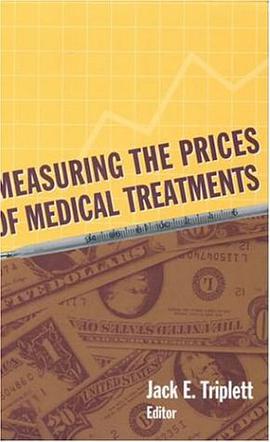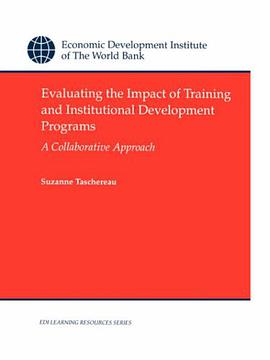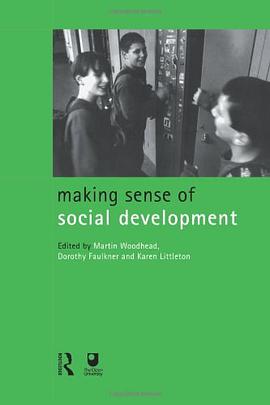

具體描述
In the last ten to fifteen years, the Latin American and Caribbean region has undergone the most significant transformation of economic policy since World War II. Through a series of structural reforms, an increasing number of countries have moved from closed, state-dominated economies to ones that are more market oriented and open to the rest of the world. Policymakers expected that these changes, in conjunction with lower rates of inflation and increased spending in the social area, would speed up economic growth, increase productivity, and lead to the creation of more jobs and greater equality. Have those expectations been fulfilled? Analyzing the impact of the reforms in nine countries (Argentina, Bolivia, Brazil, Chile, Colombia, Costa Rica, Jamaica, Mexico, Peru), this study provides a detailed picture of progress to date. At the overall regional level, the book suggests, the reforms have had a surprisingly small impact: a small positive impact on investment and growth, and a small negative impact on employment and income distribution. But at the country, sectoral, and microeconomic levels, it finds evidence of strong effects, with some units doing very well and others falling behind.
著者簡介
圖書目錄
讀後感
評分
評分
評分
評分
用戶評價
相關圖書
本站所有內容均為互聯網搜索引擎提供的公開搜索信息,本站不存儲任何數據與內容,任何內容與數據均與本站無關,如有需要請聯繫相關搜索引擎包括但不限於百度,google,bing,sogou 等
© 2025 book.quotespace.org All Rights Reserved. 小美書屋 版权所有




















